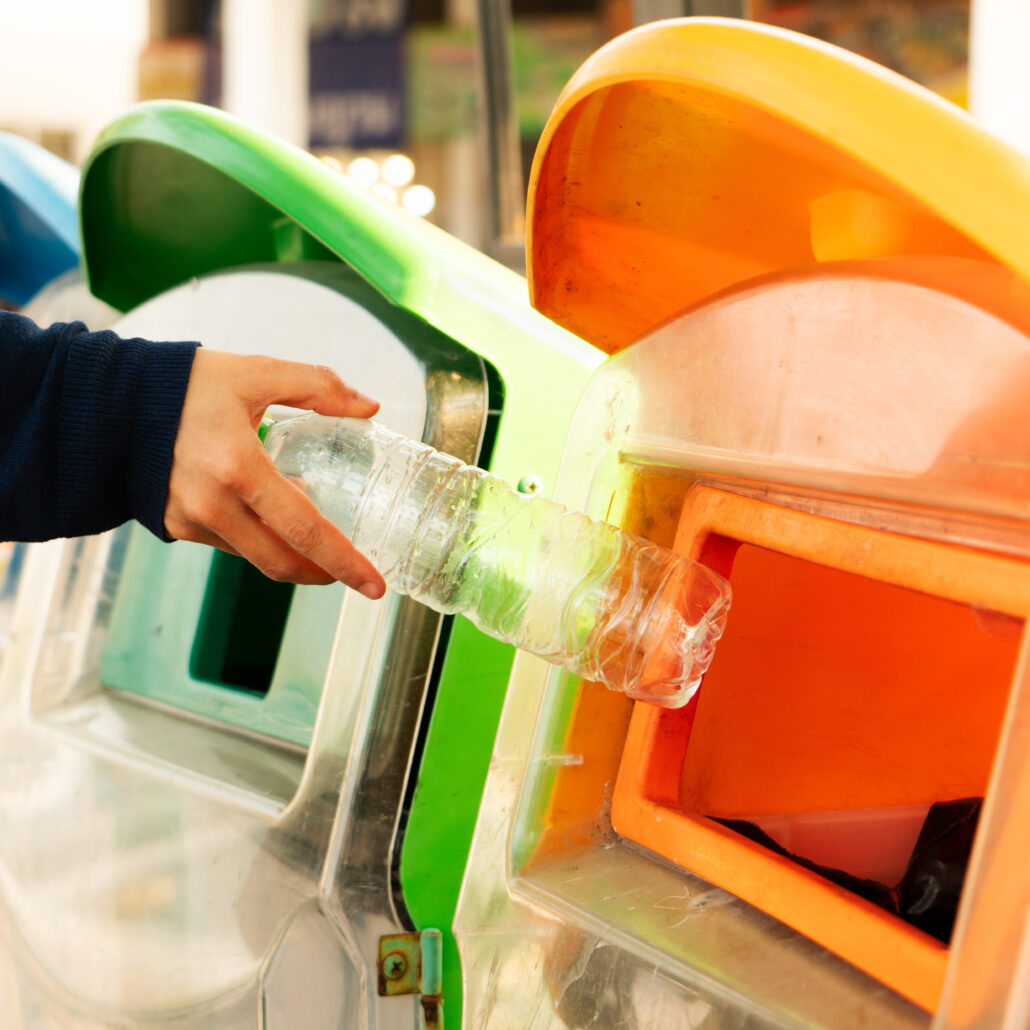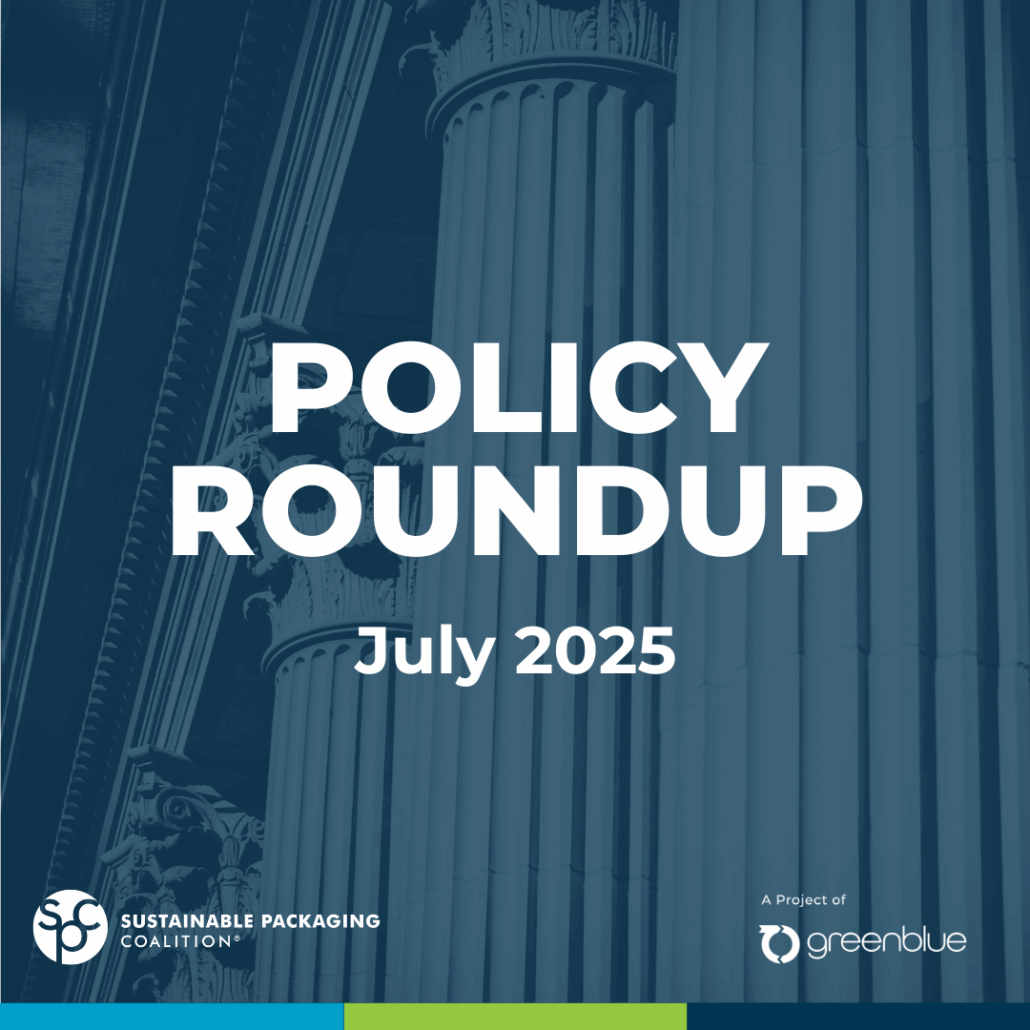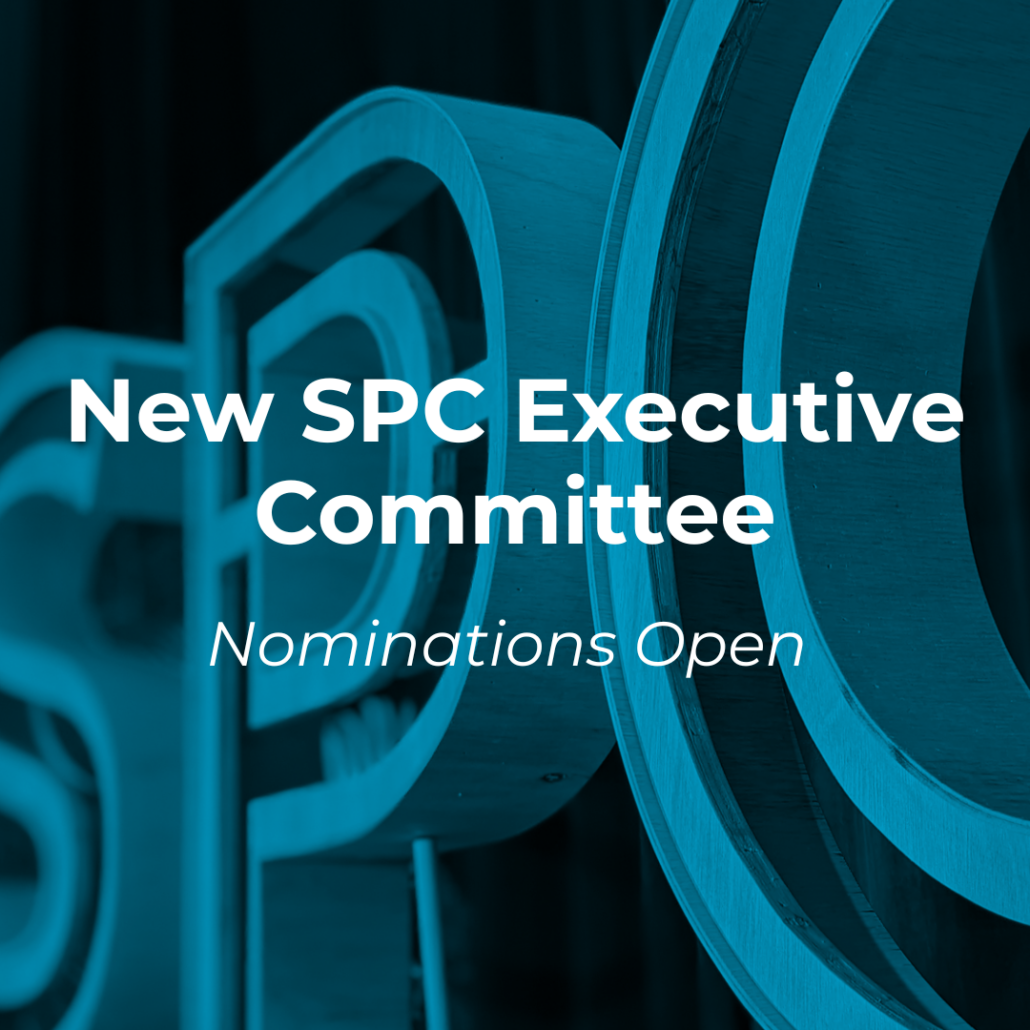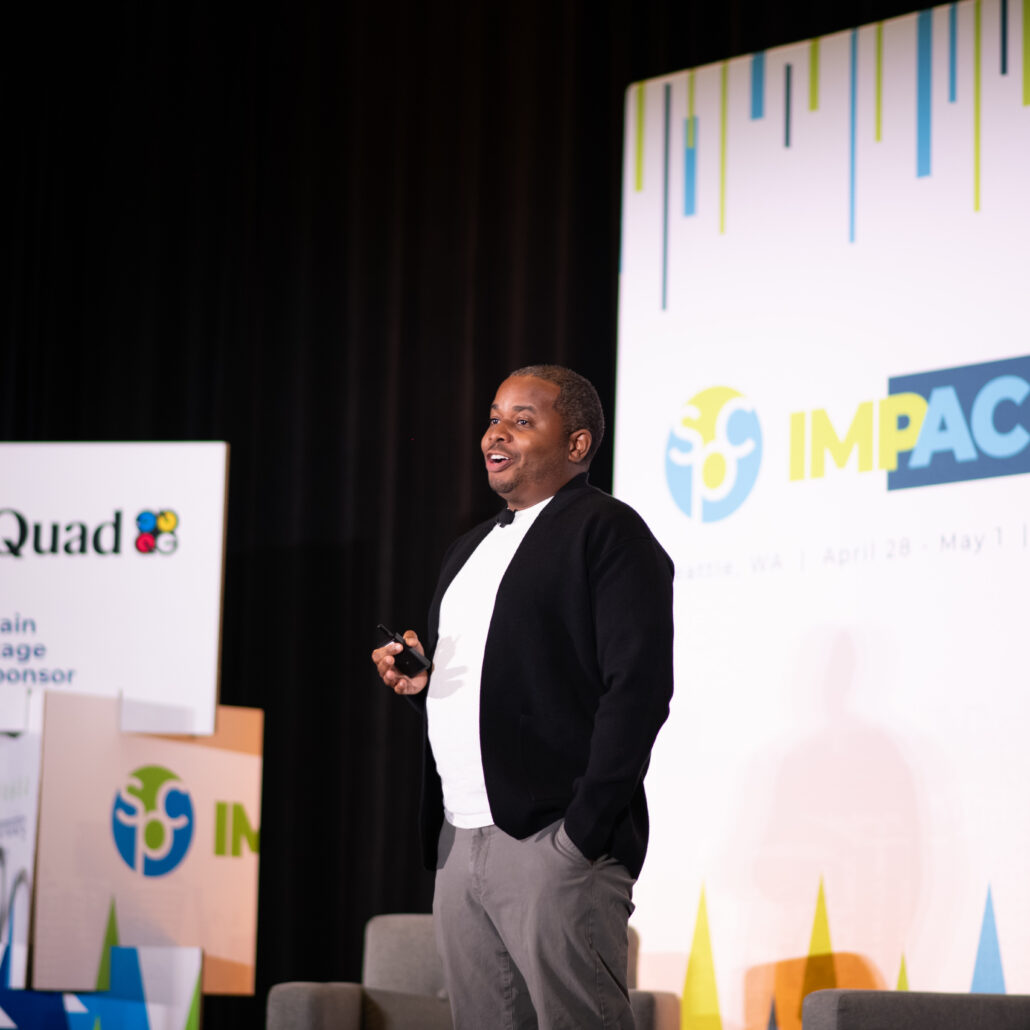From marine plastic pollution to microplastics in drinking water, there’s no question that the environmental plastic pollution crisis has reached a tipping point—one with widespread consequences for ecosystems and human health alike. Headlines like “Americans Are Sick of Single-Use Plastic Pollution” and “Recycling Is Broken. Should I Even Bother?” paint a bleak picture of public disillusionment.
But disillusionment breeds inaction—and the solutions to these problems, like reuse and improved recycling, rely on action.
To support a truly circular plastics economy, we need to balance the plastics conversation to inspire action. And we can do that by providing people with relevant information, motivation, and opportunity so that they can better understand the purpose of certain plastics, the potential of reuse, and the pragmatics around recycling.
Drawing on research from the Stockholm Environment Institute (SEI), Professor Joanna Gavins’ “How to Talk About Plastics,” and ReMA’s Recycling Lexicon among others, we’re breaking down best practices for framing the plastics conversation to convey the utility of certain plastic uses and encourage reuse and recycling.
Seven Ways to Reframe the Plastics Conversation while Encouraging Recycling & Reuse
1. Use Clear, Plain Language
To reach as many people as possible with our language, we need that language to be clear and comprehensible to as many people as possible. In ReMA’s guide, they encourage the industry to use the language of their audiences. That means skipping industry jargon, or swapping out something like “post-consumer resin” for something like “recycled plastic.”
Dr. Joanna Gavins’ research out of the University of Sheffield, “How to Talk About Plastics,” encourages choosing messages that are clear, direct, and—critically—easy to find. Making information easy to search and find is a key step to giving people the relevant information they need to better understand the utility of a certain plastic, what they should reuse, or how to recycle something.
2. Be Honest and Transparent About your Values & Actions—And Don’t Greenwash
“How to Talk About Plastics” also shows that consumers both value honesty and transparency and are quick to identify greenwashing.
Instead of greenwashing, over-promising, or skirting the subject completely, the research encourages companies to:
- Openly talk about their environmental concerns
- Share the steps they’re taking to encourage reuse and reduced pollution
- Acknowledge the limitations of the company’s actions
You can learn more about greenwashing and how to avoid it in SPC’s Position Statement on the topic.
3. Tap Into Positive Emotions
The research is in: fear-mongering, messages of hopelessness and despair are bad motivators; negatively framed images and messages (while still very real) aren’t effective for inspiring hope.
Instead, SEI’s research suggests that we can tap into pride, hope, and optimism in order to get people to stick with pro-environmental behaviors in the long-term. Their research shows that campaigns that tap into positive emotions have been shown to be more effective at influencing behavior.
According to “How to Talk About Plastics,” these positive frames can help shift attitudes on a higher level, reframing how people think about the whole system of plastic production and recycling.
4. Balance Positive Frames with the Negative Language
While positive frames can shift opinions and attitudes on a higher, systemic level, “How to Talk About Plastics” research shows that negative language can still be effective for influencing low-level, concrete actions.
The examples cited are: “Don’t throw this bottle in the bin,” and “Stop wasting plastic.” This kind of language can be effective for influencing everyday decision-making, like whether to recycle something or toss it. It’s important to be thoughtful about how you use this language though, since the research suggests that blaming and shaming consumers is still a losing strategy.
5. Be Specific About Action
Every day, people make around 34,000 decisions. And if we don’t want decision fatigue to get in the way of someone reusing or recycling a plastic product, we need to be specific about plastic best practices.
SEI writes that it’s best to combat feelings of disempowerment by providing “clear direction on what meaningful actions people can take.” Nebulous campaigns that stop at awareness miss the mark, while more concrete encouragements, like signs at grocery stores urging reuse of grocery bags, are easier to follow.
6. Show Outcomes
If you were advertising a gardening tool, you wouldn’t show a bed of empty soil—you’d show a thriving mix of fruits and flowers. To motivate people, they need to see the results of their actions.
This logic applies to plastics, too.
“Show that the results – even for just one person’s actions – matter. In the face of a global crisis, it is easy to believe that a bottle here or a candy wrapper there don’t matter. Show people that they do” – SEI
ReMA recommends putting this into practice by swapping out photos of stacks of un-recycled plastics for images that show the recycled products at work. So, lean away from the piles of scrap and toward things like products made with recycled plastic.
7. Tell a Story—And Make Consumers the Hero
Our brains are wired to prefer stories. Stories underpin our understanding of the world, and we can leverage the power of storytelling to demonstrate the utility of certain plastics. To take that storytelling one step further, we can also inspire action toward reuse and recycling by making consumers the hero of the stories we tell.
Researchers have found that brand stories that ascribe agency and the opportunity to be a hero are more resonant with consumers. Plus, consumers reacted negatively to stories that positioned retailers and manufacturers as the heroes.
“How to Talk About Plastics” offers the example: “Instead of: We’re helping our customers reduce plastic pollution by providing a refill-in-store scheme. Try: Our customers are helping us reduce our plastic waste by using our refill-in-store scheme.”
Conclusion
Reshaping the dialogue on plastic pollution is crucial for inspiring meaningful action and progress. By adopting these seven strategies, we can create a more balanced and effective conversation around plastics. These approaches not only educate and motivate, but they also empower individuals to play an active role in fostering a circular plastics economy.
Every reused container, every properly recycled item, and every informed choice contributes to a greater goal: creating a truly circular plastics economy. With effective communication, we can turn awareness about plastic pollution into action and make significant strides to address the plastic pollution crisis.





